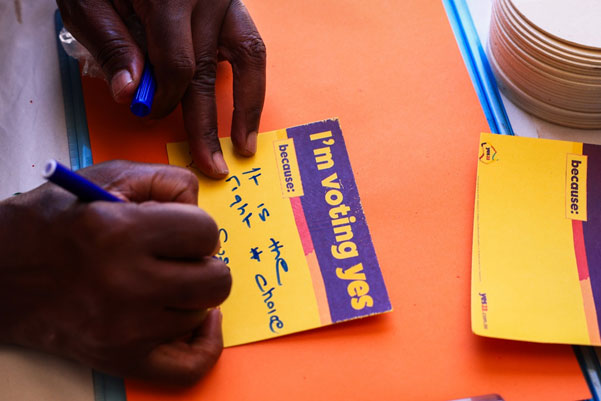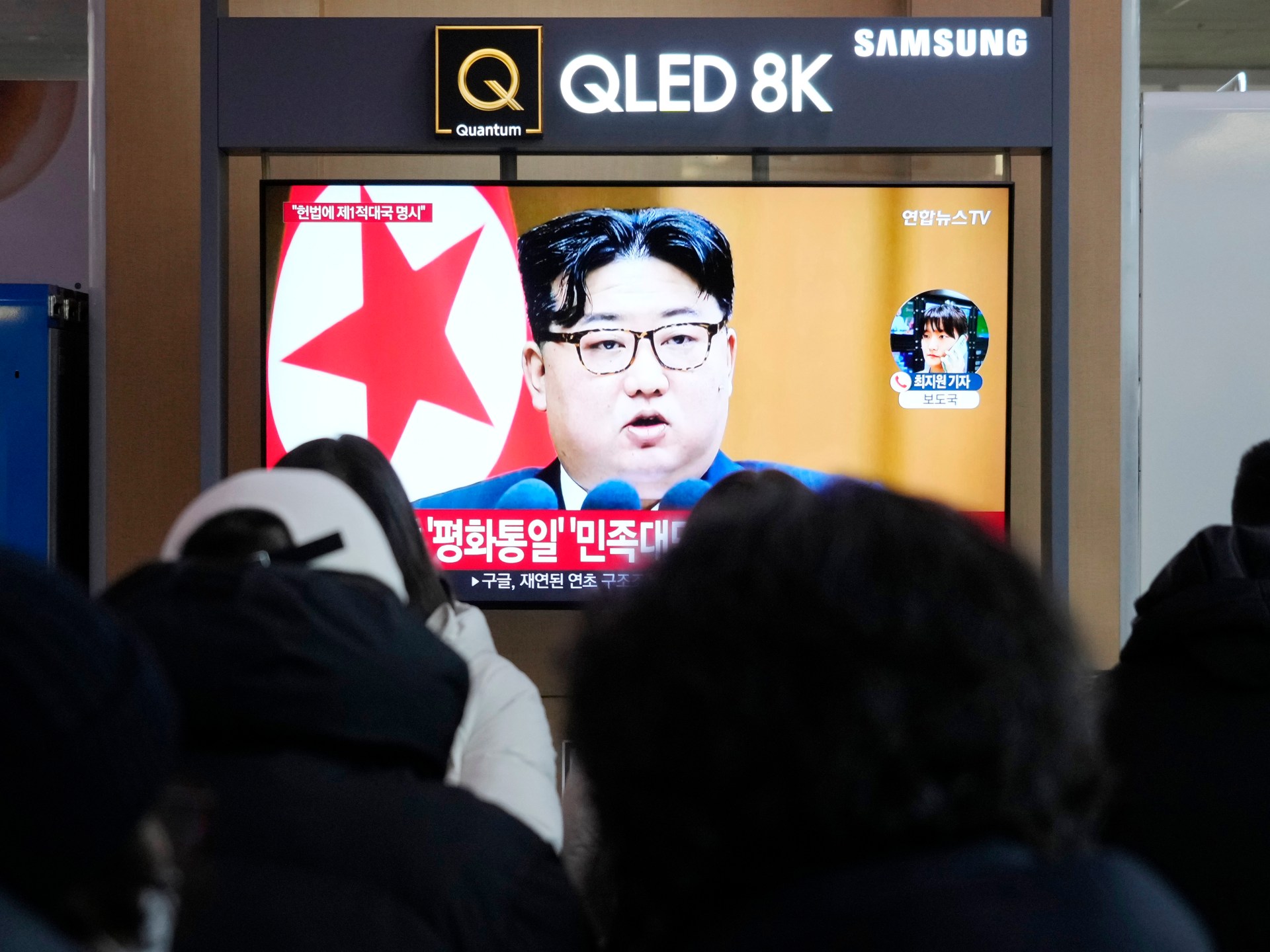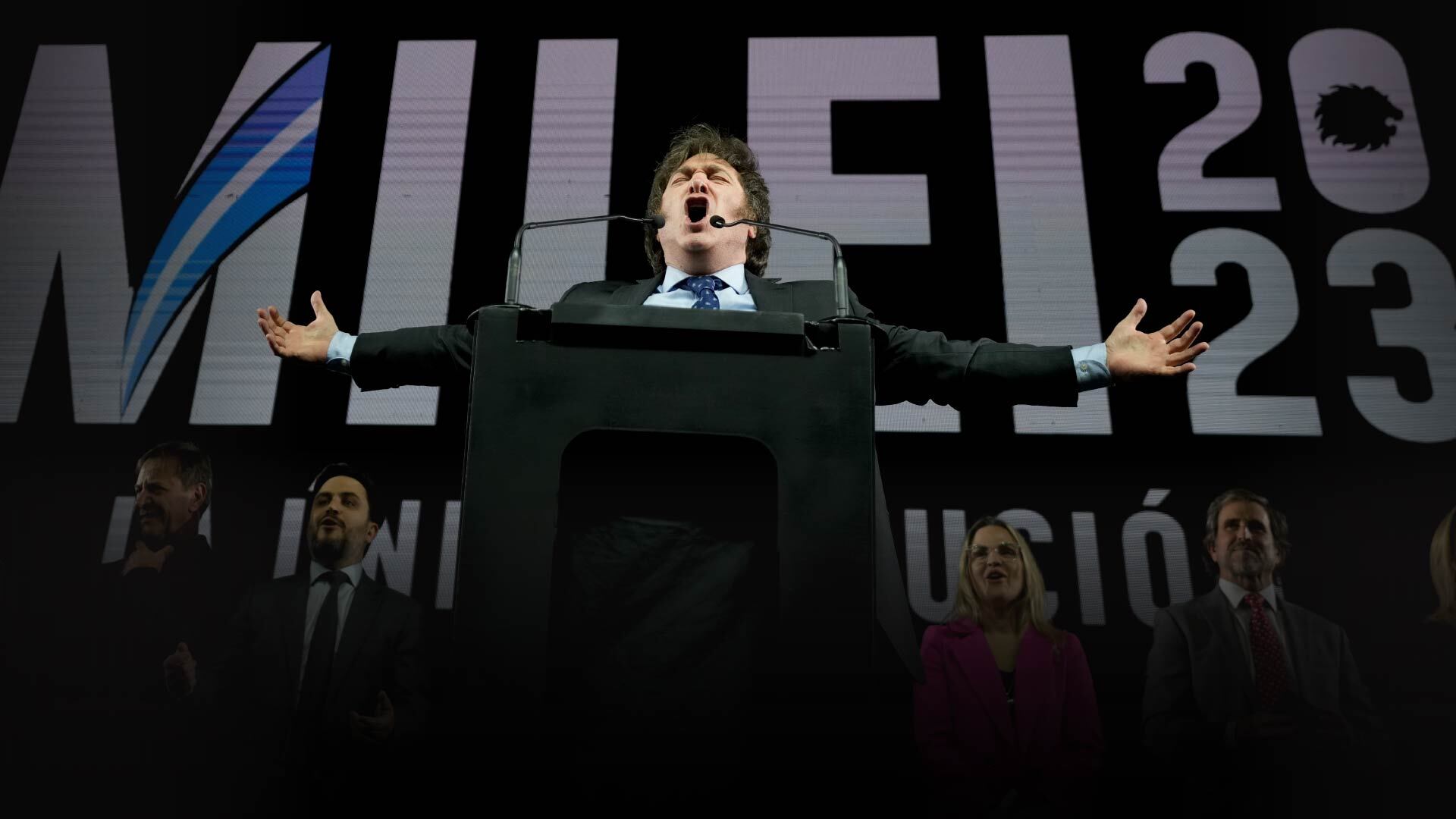Reconciliation Back to Square One? — Global Issues
MONTEVIDEO, Uruguay, Nov 20 (IPS) – Australia had the chance to take a step forward in redressing the exclusion of its Indigenous people – and chose not to. In a referendum held in October, voters rejected a constitutional amendment to establish an institution for Indigenous people to have a say on matters that concern them.
On a 90 per cent turnout under mandatory voting, 60 per cent voted against. Supporters of the referendum were left pointing the finger at disinformation – and those who pushed it for political gain.
A history of exclusion
For a long time, Indigenous Australians – currently 3.8 per cent of the country’s population – lacked any recognition. European settlers didn’t see any need for a treaty with the people already there. Indigenous Australians only got the vote in 1962 and, following a referendum, were put on the census as late as 1972 – until then, they literally didn’t count. They remain unrecognised in the country’s constitution.
For most of the 20th century, assimilation laws saw Indigenous children forcibly taken from their families on a mass scale. It’s estimated that between 1910 and 1970 10 to 30 per cent of Indigenous children were handed to childless white couples to be raised as white. The horror of the ‘stolen generations’ only began to be acknowledged in the mid-1990s.
In 1997 the Australian Human Rights Commission issued a report with recommendations for healing and reconciliation. But a belated prime ministerial apology came only in 2008. That same year, the government issued a plan to reduce disadvantage among Indigenous people. After most of its targets expired unmet, a new approach was developed in partnership with an Indigenous coalition in 2020.
But little progress has been made in overcoming exclusion. On almost any indicator, Indigenous people remain two to three times worse off than non-Indigenous Australians. Being dramatically underrepresented in decision-making bodies, they also lack the tools to change it.
The Uluru Statement from the Heart
The road towards the referendum started more than a decade ago, when an expert panel found that constitutional recognition was the way to go. But the call for a referendum was delayed. In 2016, a Referendum Council again concluded that constitutional reform should proceed.
In 2017, the First Nations Dialogues issued the Uluru Statement from the Heart, which called for a Voice to Parliament for Indigenous people, a truth commission and a treaty. The Voice was viewed as the first step to open up a conversation and enable further progress.
Then-Prime Minister Malcolm Turnbull, of the centre-right Liberal Party, rejected the Uluru Statement. But in 2018 another committee was set up to investigate options for constitutional change – and again, it endorsed a constitutionally enshrined Voice. The Labor opposition promised to put the proposal to a referendum if it won the next election.
Political change: potential and limitations
The Liberal/National coalition lost the May 2022 election, and Labor’s incoming prime minister Anthony Albanese promised progress on long-stalled policies to address Indigenous rights.
The proposed constitutional amendment and text of the ballot question were made public in March 2023 and approved by parliament in June. The government endorsed a set of principles of representation, transparency and accountability that would be used to design the Voice. It was made clear that, as the name implied, this new body would give a voice to Indigenous people but not have decision-making authority or veto power. Any further decision on its composition, functions, powers and procedures would be in the hands of parliament.
Foreshadowing what was to come, the Liberal and National opposition parties submitted dissenting reports, and the Nationals rejected the proposal entirely. By siding with the No campaign, the opposition doomed the referendum. No referendum has ever been carried without bipartisan support.
For and against
Given the legal requirement to distribute an official pamphlet presenting the case for both sides, members of parliament who’d voted for and against the amendment bill drafted and approved a text containing their side’s arguments. This meant that disinformation was inserted into the process from the start: as an independent fact-checking initiative showed, several claims in the No pamphlet were false or misleading.
The Yes campaign focused its messaging on fairness, reconciliation and healing, seeking to sell the idea that Australia would be made better by the recognition of a space for Indigenous people to have a say in national politics.
Indigenous people overwhelmingly supported the proposal, although some opposed it – because they thought it didn’t go far enough, saw it as whitewash or hoped not to see relationships they’d painstakingly developed sidelined. The No campaign made a point of foregrounding contrarian Indigenous voices, disproportionately boosted by supportive media.
Different organisations in the No camp appealed to different groups. Advance, a conservative lobby group, went after young progressives with its ‘Not Enough’ campaign, suggesting that the Voice wasn’t what Indigenous Australians wanted and wouldn’t solve their problems. The Blak Sovereign Movement questioned the timing, arguing that a treaty should be negotiated first. Disinformation and racial abuse were rife.
Two much-repeated claims were that the Voice would divide Australians and enshrine privileges for Indigenous people. No campaigners peddled a zero-sum idea: that non-Indigenous people would lose if Indigenous people won. They falsely claimed that people would lose their farms or that Indigenous people would charge them to access beaches.
Another fear-stoking argument was that the Voice was only the beginning – after they secured this, Indigenous people would go for more, until they took everything from the rest. It could, for example, open up a conversation about land rights. That may have been a genuine fear for Australia’s powerful extractive industries, explaining why the right-wing think tanks that have consistently opposed climate action also lobbied against the Voice.
Having sowed disinformation and confusion, the No campaign told voters that, if in doubt, they should play it safe and vote no. It worked.
What next?
The result could bring even greater backlash. Emboldened, some opposition politicians have since withdrawn their previously stated support for a treaty and suggested rolling back practices they now present as inadmissible concessions to identity politics. This could be a harbinger for the opposition pinning its comeback hopes on a culture war strategy.
But while the referendum defeat has dealt a hard blow to hopes of challenging the exclusion of Indigenous Australians, it isn’t quite game over. A specific proposal has been defeated, but there’s plenty left to advocate for. Progress on the wider reconciliation agenda, including other forms of recognition and redress, could still be possible, particularly at state and local levels. The Uluru Statement from the Heart remains the compass, and civil society will keep urging politicians and the public to follow its path.
Inés M. Pousadela is CIVICUS Senior Research Specialist, co-director and writer for CIVICUS Lens and co-author of the State of Civil Society Report.
Follow @IPSNewsUNBureau
Follow IPS News UN Bureau on Instagram
© Inter Press Service (2023) — All Rights ReservedOriginal source: Inter Press Service
Check out our Latest News and Follow us at Facebook
Original Source







